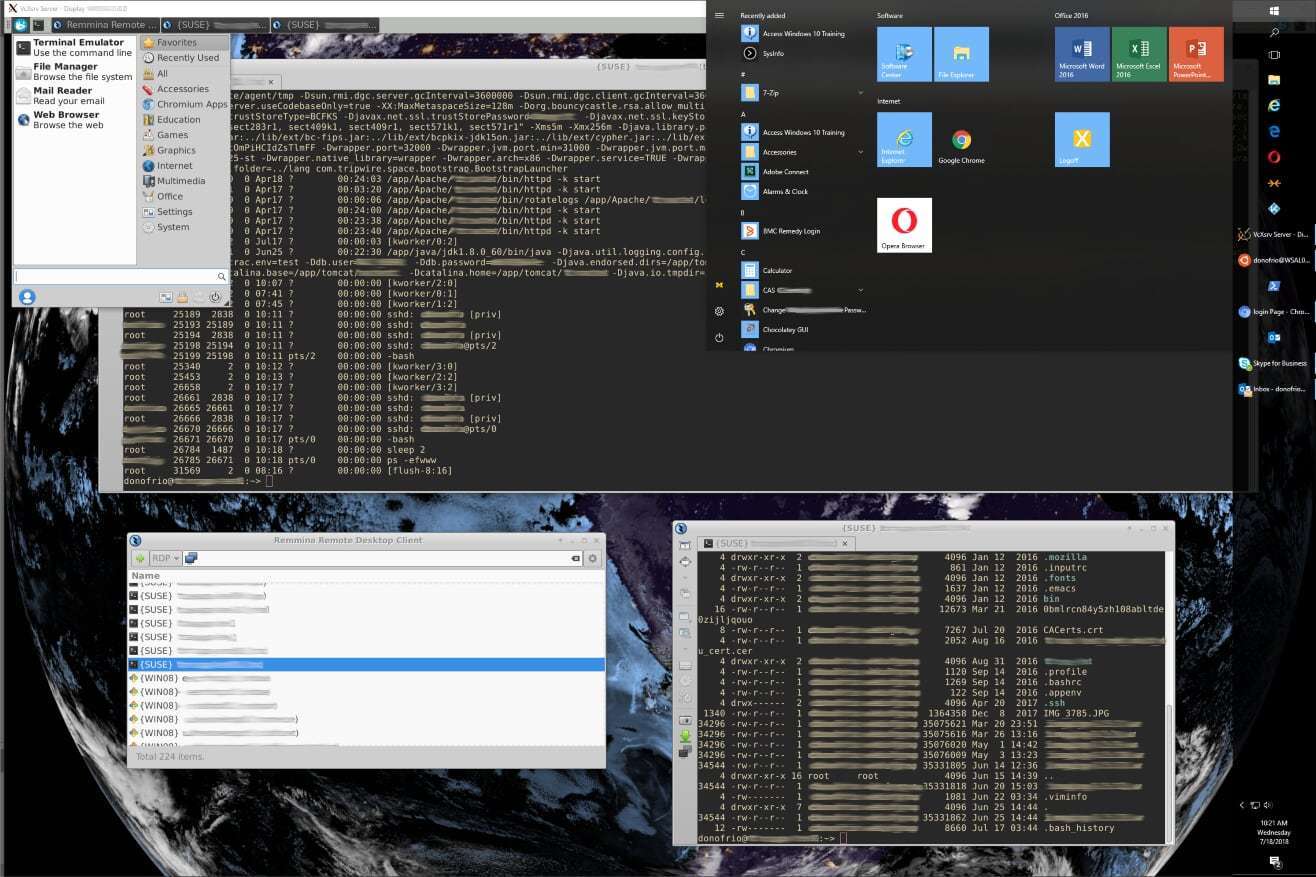

I'm using TightVnc viewer as the client and it automatically adapts to the new resolution. I can then easily switch to another resolution (f.e. When I run xrandr in a terminal, it displays all the available screen resolutions: bash> xrandr I just start vncserver without any -randr or multiple -geometry options.

I'm running TigerVNC on my Linux server, which has basic randr support. Line: VNC-0 connected 1600x900+0+0 0mm x 0mmīind the new modeline to the current VNC virtual monitor: $ xrandr -addmode VNC-0 "2560x1600_60.00" In the above xrandr output look for the display name on the second Or if the monitor is old get the GTF timings: $ gtf 2560 1600 60 List the modeline (see xrandr article in ArchLinux wiki) for Screen 0: minimum 32 x 32, current 1600 x 900, maximum 32768 x 32768Īnd you'll notice the screen being quite small. Once inside the VNC session start up a terminal window.Ĭonfirm that the new geometry is available in the VNC session: $ xrandr

On the "2560x1600" computer start the VNC viewer (I prefer Start a VNC session with a geometry matching the physical display: $ vncserver -geometry 1600x900 :1 The computer with the resolution of "1600x900": With that background if the goal is to share a VNC session between twoĬomputers with the above resolutions and assuming that the VNC server is There must be a way to add custom modelines and man xrandr confirms
#Remmina vnc client for windows code
Think the developers who wrote the code are much smarter and the hardĬoded list is just a sample of values. Xrandr allows selecting the display modes (a.k.a resolutions) howeverĪny additional modeline such as "2560x1600" or "1600x900" would need to As this question comes up first on Google I thought I'd share a solution using TigerVNC which is the default these days.


 0 kommentar(er)
0 kommentar(er)
